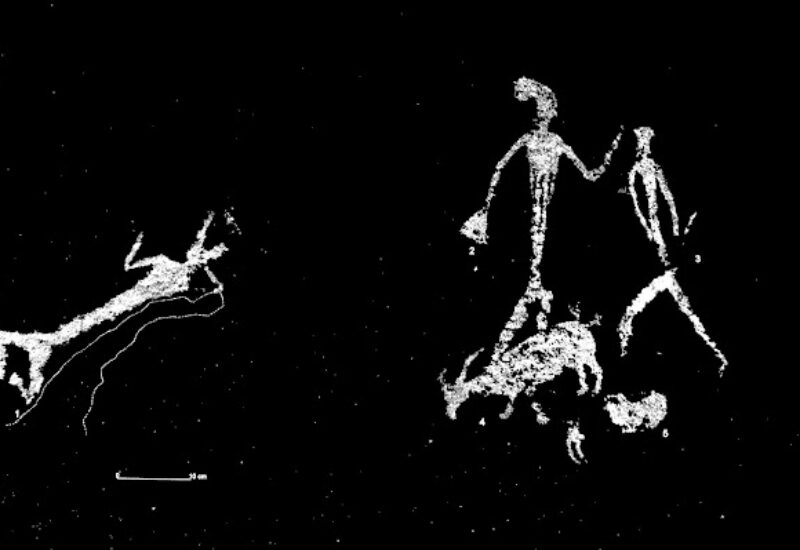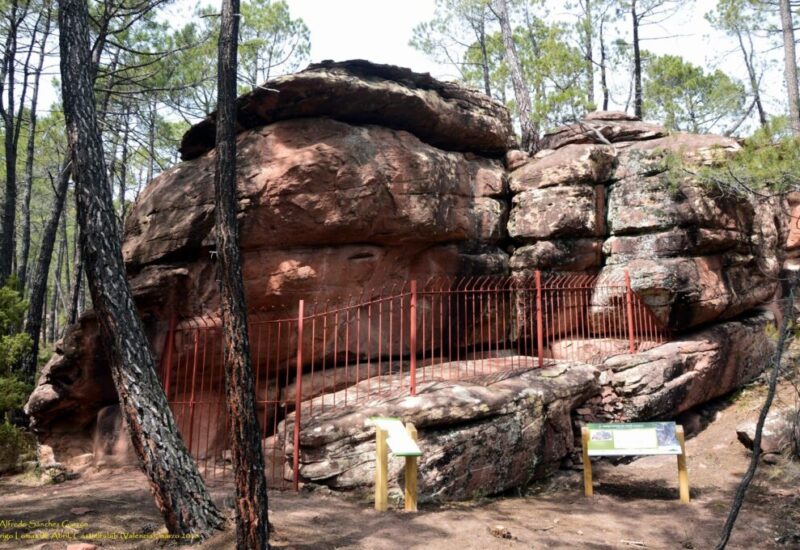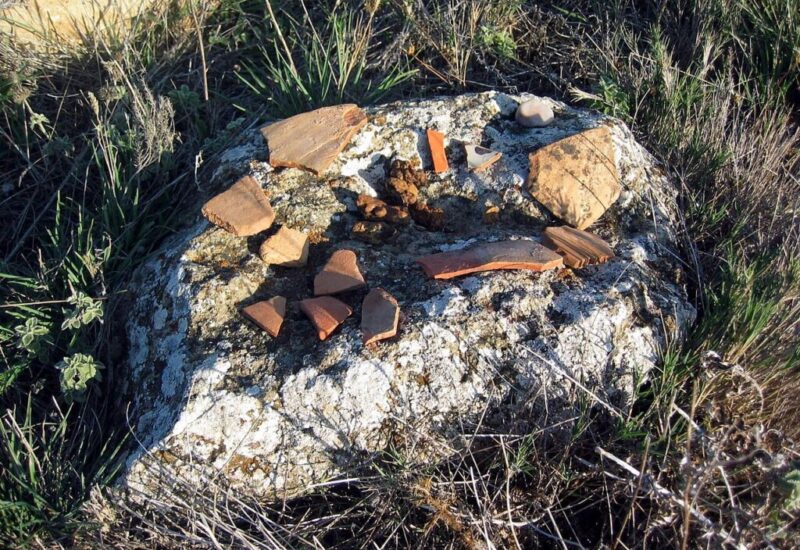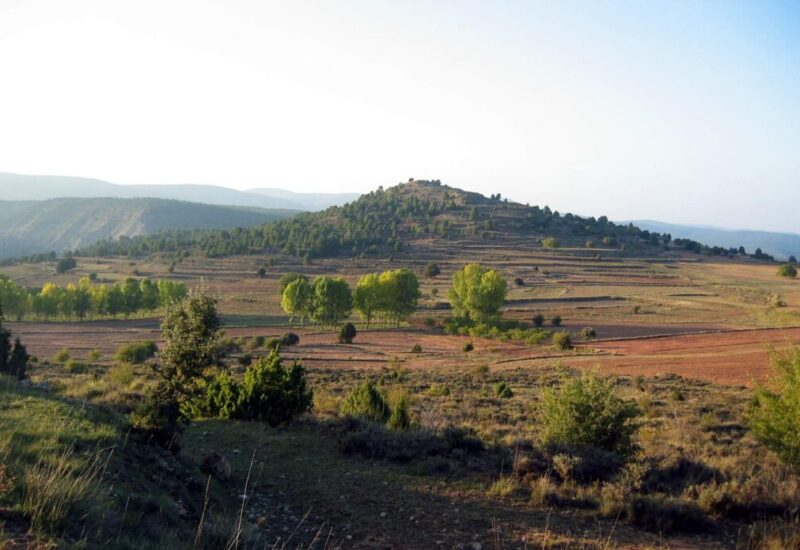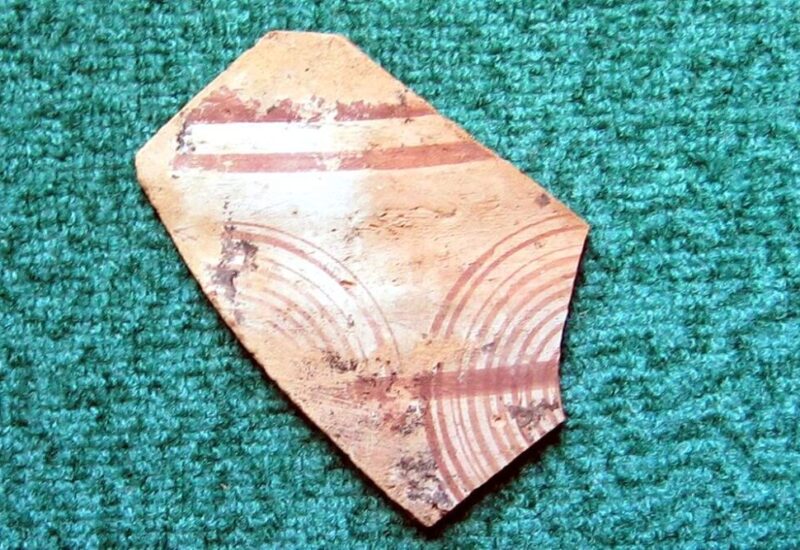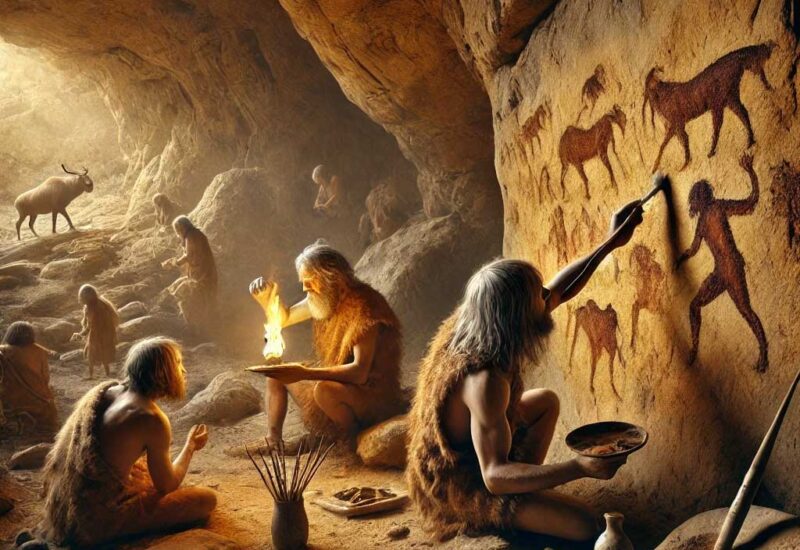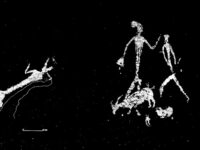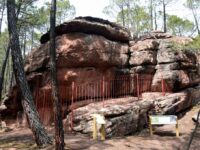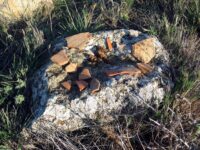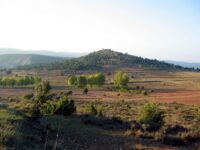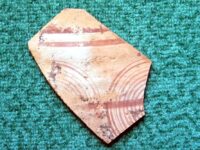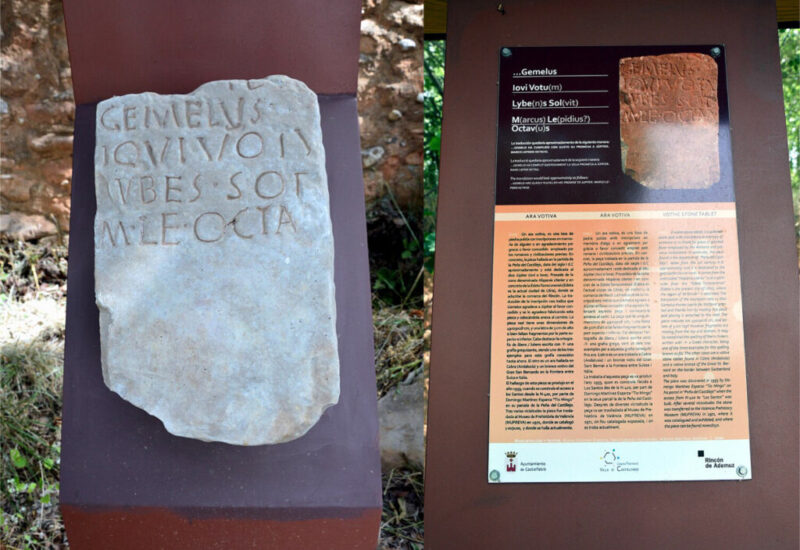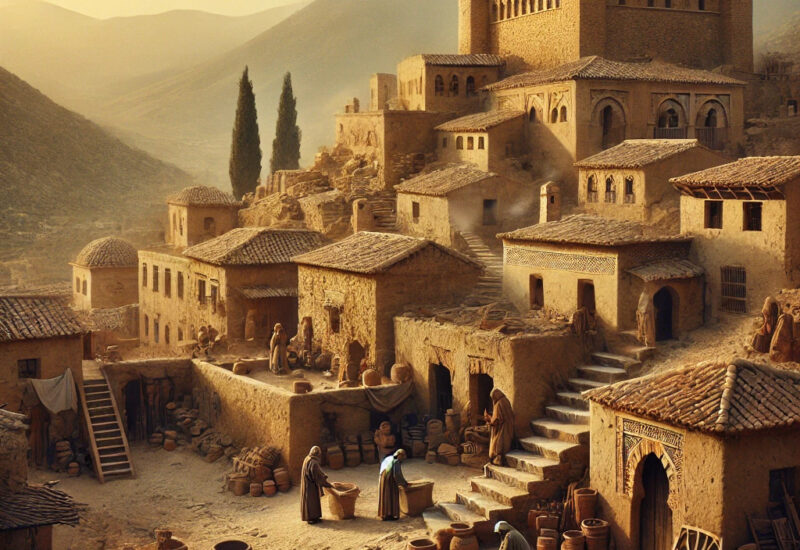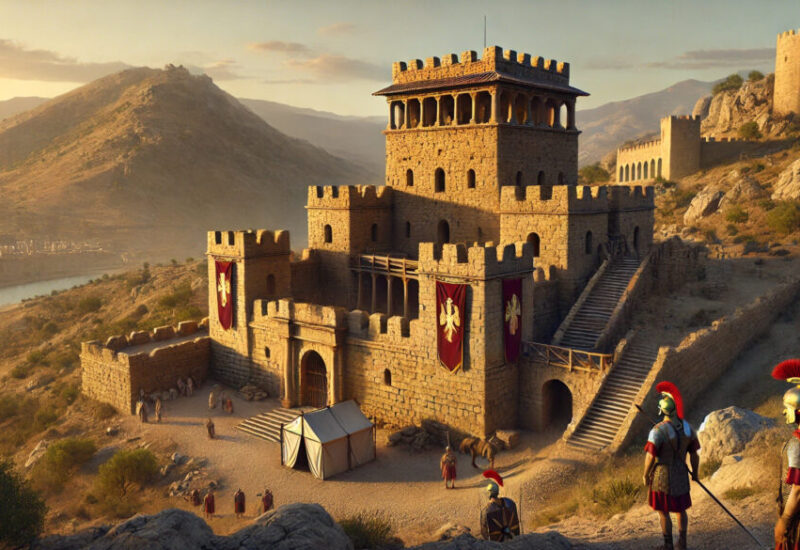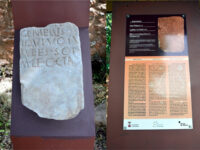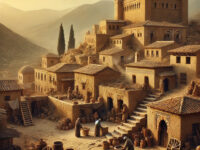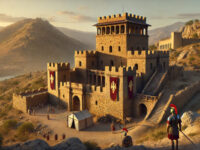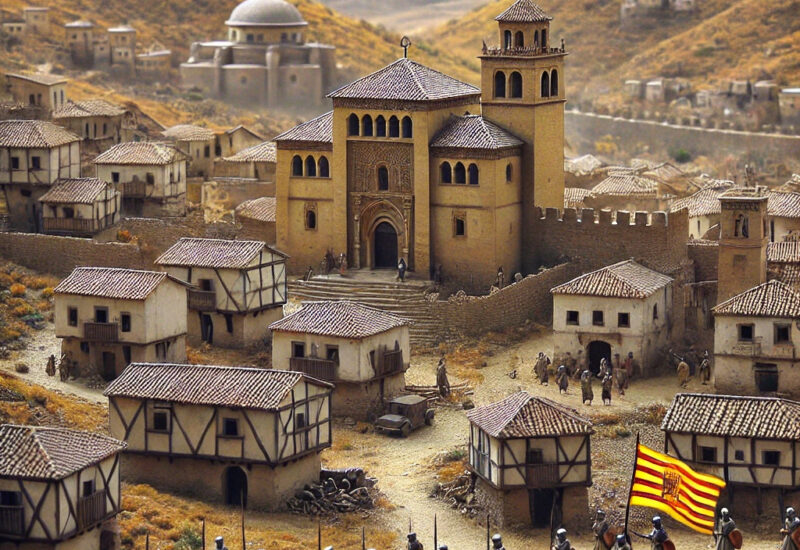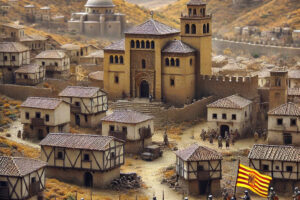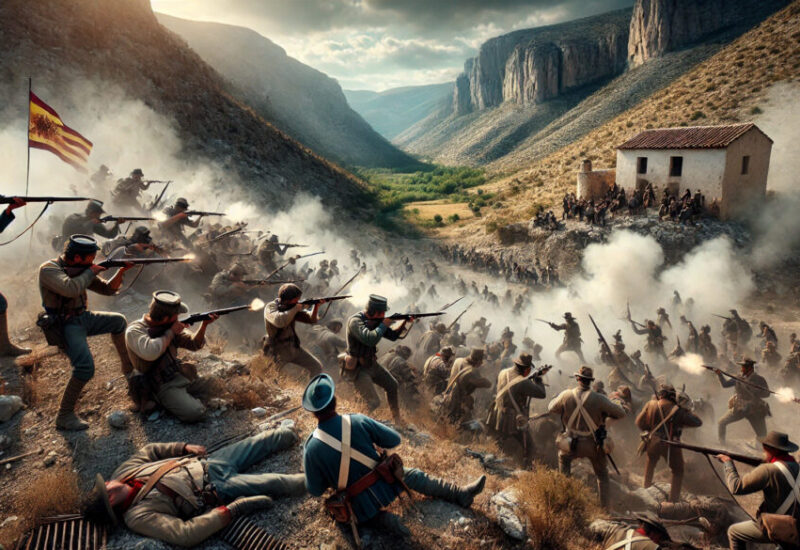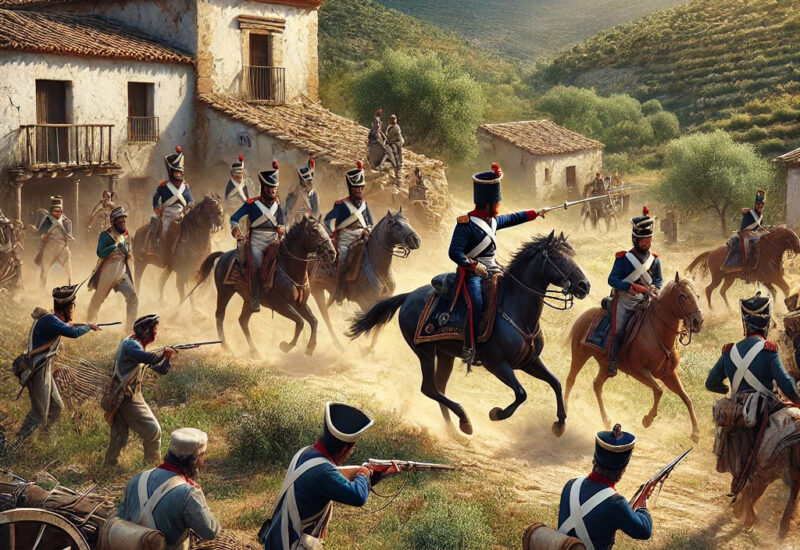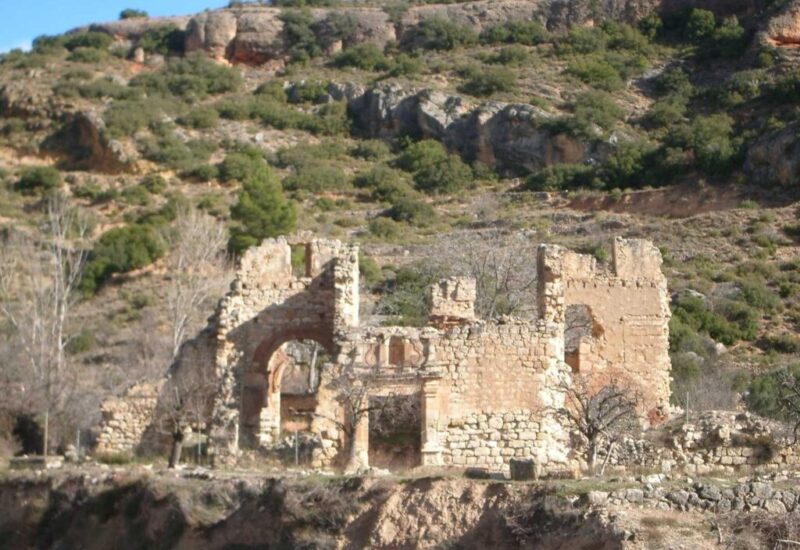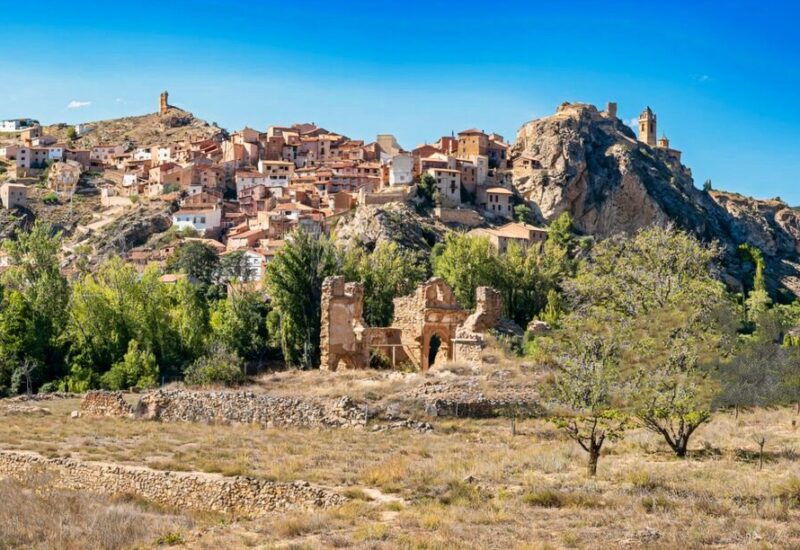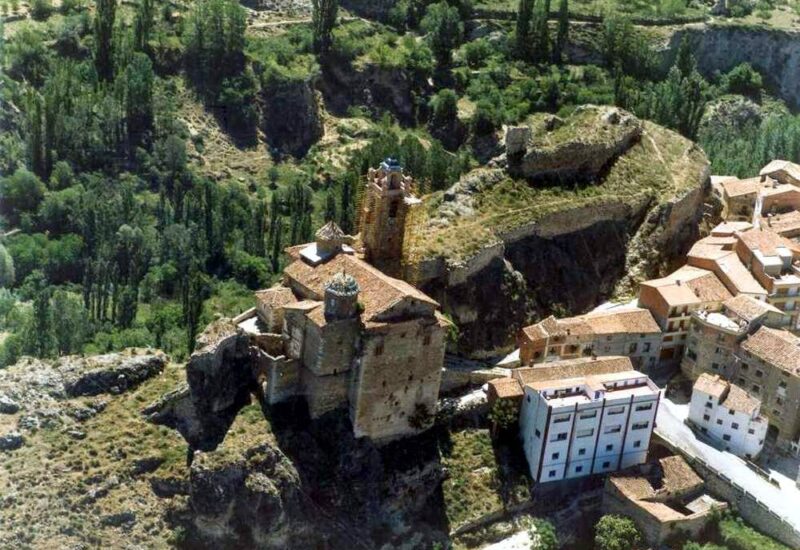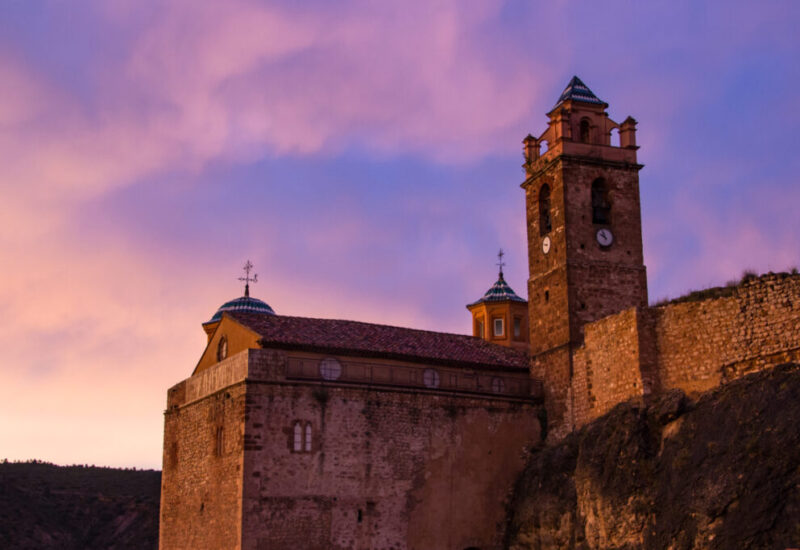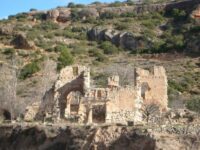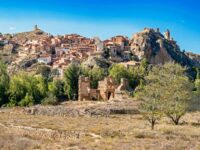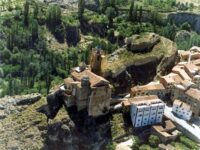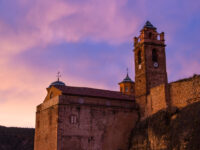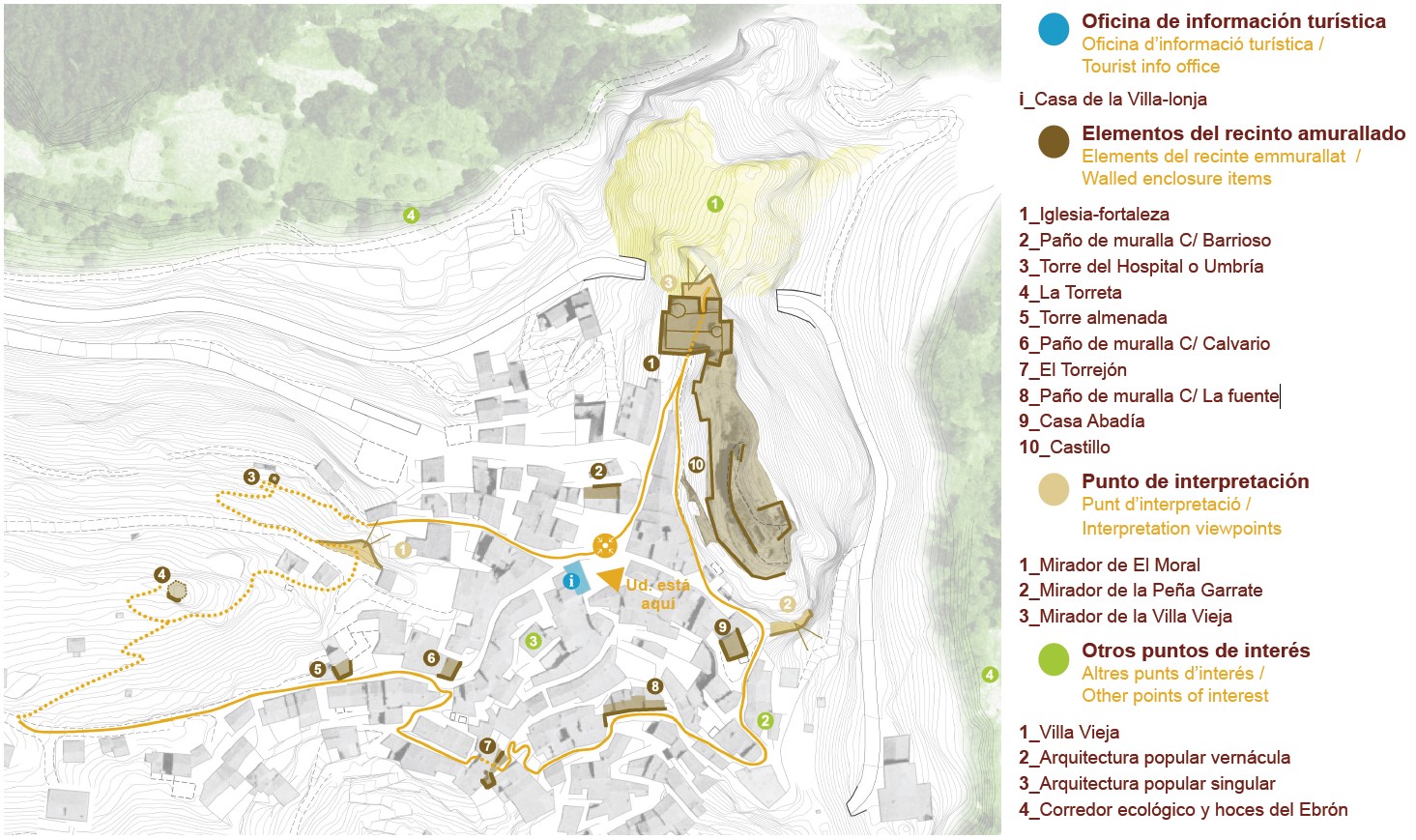HISTORY
First settlers:
Levantine Neolithic and Iberian period
In Castielfabib we find unique remains that take us back to the dawn of civilisation. In the Lomas de Abril, in the village of Cuesta del Rato (Castielfabib), there is a valuable collection of cave paintings in the Levantine style, dated between 7,000 and 5,000 years before the present.
These paintings are protected by State and Autonomous Community legislation, having been declared an Asset of Cultural Interest.
In Corrales de la Nava, to the northwest of the town, there were two Iberian necropolises - one in Los Corrales and the other in La Umbría - and an Iberian fort on the hill of La Morrita, dated between the 7th century BC and the 4th century BC.
"Both archaeological sites are testimonies to the ancient civilisations that inhabited Castielfabib and offer a unique experience for lovers of history and archaeology."
Roman and Moorish periods
The Roman presence was recorded in various finds, such as the remains found in the Fabius Castleto the west of the village, and a fragment of the votive altar discovered in the departure of the Castillejo Los Santos in 1955, now in the Prehistoric Museum of Valencia.
These remains suggest that the area formed part of the trade and defensive routes of the Roman Empire. With the arrival of the Muslims between 714 and 716Castielfabib became part of the taifa of Alpuenteand later became part of the taifa of AlbarracínThis reaffirmed its importance as a strategic enclave. During this period, its fortress was consolidated and the Saracens named it "Qastyl-al'Habib (friendly castle), a name that reflects its importance within the Islamic defensive network.
During almost five centuries of Muslim rule, Castielfabib was a military and administrative centre that served to control access to the Rincón de AdemuzThe region's frontier position played a crucial role in the interaction between the Christian and Muslim kingdoms.
"By exploring these remains, visitors can discover a fundamental historical chapter that gives depth and richness to the cultural landscape of Castielfabib."
Christian Reconquest
The reconquest of Castielfabib marked the beginning of the Christian recovery of the Kingdom of Valencia. In 1210, Peter II of Aragon took it after a prolonged siege, although it was temporarily recovered by the Muslims until 1238, when James I definitively incorporated it into the Crown of Aragon. In 1273, the Treaty of Almizra confirmed that it belonged to the Kingdom of Valencia, although during the following centuries the town was the subject of territorial disputes.
In 1319, the dissolution of the Order of the Temple transferred its rights to the Order of Montesa, which established the barony of Castielfabib. Throughout the 14th and 15th centuries, the town suffered the ravages of constant warfare, such as the War of the Two Peters (1356-1367), which required the refortification of its castle. At the same time, the fortress church of Nuestra Señora de los Ángeles was built, which became a key religious centre, hosting the first synod of the bishop of Segorbe in 1358.
In the 15th century, the Augustinian order established the convent of Nuestra Señora de Gracia, contributing to the monastic and religious life of the town.
"Discover traces of the Muslim influence and the origins of the Valencian Reconquest, with historic fortresses, ancient irrigation systems and names that evoke their legacy".
Modern Age
In the 16th century, Castielfabib lost its strategic value due to the union of the Crowns of Castile and Aragon, although it still retained religious and administrative importance. The arrival of the Franciscans in 1577 after the departure of the Augustinians and Carmelites strengthened its ecclesiastical life. During the 17th and 18th centuries, reforms were carried out in the parish church and the construction of the chapel of San Guillermo. The War of the Spanish Succession (1700-1714) had a minor impact on the town, which remained stable until the 19th century.
The Contemporary Age brought with it the French occupation during the War of Independence, when the church-fortress was used as a prison and commandery. Subsequently, the First Carlist War (1833-1840) seriously affected the town, with the reconstruction and subsequent destruction of its castle. In 1835, the confiscation of Mendizábal led to the expulsion of the Franciscans and the sale of ecclesiastical property.
Despite these changes, the territory of Castielfabib has remained relatively unchanged since the Middle Ages, consolidating its historical identity within the Rincón de Ademuz.
"Today, to visit Castielfabib is also to get to know this period of struggle and resistance, where the landscape still preserves echoes of its intense Carlist history, making it a fascinating destination for lovers of history and heritage".
